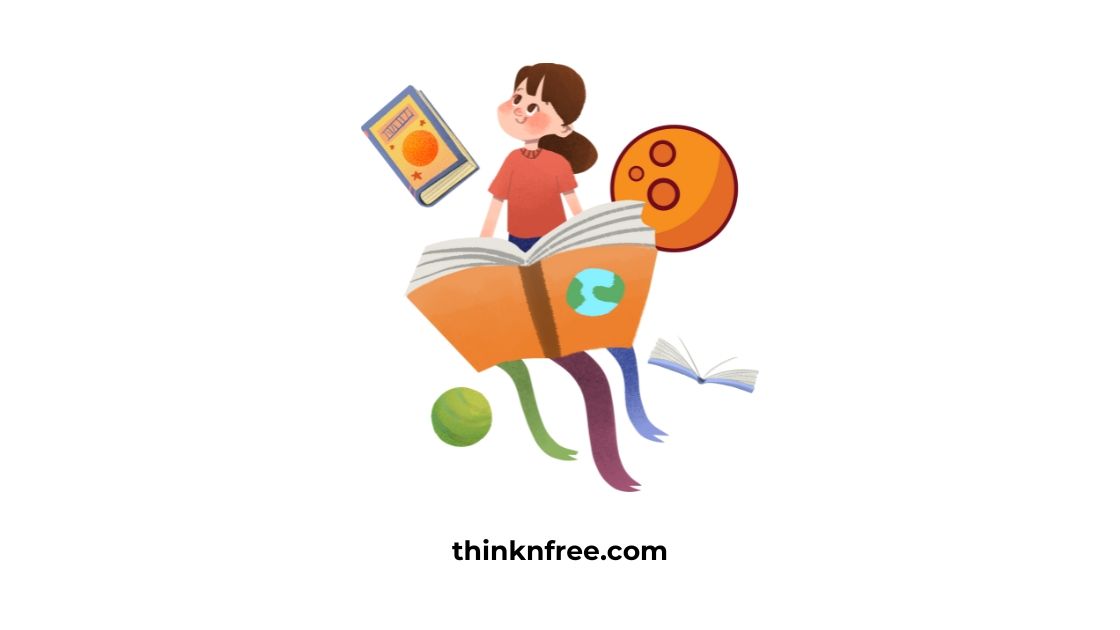In the ever-expanding world of language learning, Duolingo and Pimsleur stand as two prominent names. Before you start learning a new language, choosing a matching platform might be challenging if you’re serious about learning a language. We’re here to help and guide you through the Duolingo vs. Pimsleur debate. I think you are all aware of these two applications. If not, Duolingo and Pimsleur are two major linguistic educational apps.
There will also be some pros and cons to using the Duolingo and Pimsleur platforms. So then, how would you find the best matching platform for yourself? Be not frightened; we are here to talk about everything you must know and do a little comparison between Duolingo vs. Pimsleur today. Let’s start this language adventure and examine each platform’s advantages.
The Duolingo Experience, Gamified Learning
What is Duolingo? First, let’s take a look at Duolingo before comparing Duolingo vs. Pimsleur. Duolingo brings a new method of learning, which is a gamified learning experience. The method of language learning used by Duolingo is groundbreaking. The procedure has been made more enjoyable and participatory by being gamified. There are several language options in Duolingo, and you may learn a variety of languages using Duolingo, such as Spanish and German, while racking up points, keeping up streaks, and unlocking rewards. But the question is: Is this gamified approach effective?
According to several research about this, the gamified learning approach is one of the best learning methods because it directly helps anyone get better cognition about a related topic or subject. Also, it’s improved by over 65% in user engagement compared to other methods.
Not only that, Gamification confirms that improvement in many ways, Such as
- Increased Engagement: By incorporating game mechanics such as points, levels, and challenges, gamification can significantly increase user engagement. It will also help to increase the user’s interest in that specific topic or subject.
- Enhanced Motivation: Gamification leverages the human psychological predisposition to engage in play, making tasks that might otherwise seem daunting more enjoyable. Reward systems, like badges and leaderboards, tap into intrinsic and extrinsic motivations, encouraging users to set and achieve goals.
- Improved Learning Outcomes: In educational contexts, gamification has been shown to improve retention rates and facilitate deeper learning. The interactive and competitive elements make learning more interactive, which can help in understanding and retaining complex concepts.
- Behavior Change: Gamification strategies are used in health and wellness apps to promote lifestyle changes, such as increased physical activity or better diet habits. By setting small, achievable goals and rewarding progress, users are more likely to stick with healthy behaviors.
- Enhanced Problem-Solving Skills: Many gamified platforms encourage critical thinking and problem-solving. Participants face challenges that require them to think creatively, apply knowledge, and persist through difficulties, thereby improving their problem-solving skills.
- Increased Collaboration and Social Interaction: Multiplayer game elements can foster teamwork and social interaction. This is beneficial in corporate training environments, where gamification can help build team cohesion and improve communication skills.
Pros of Duolingo
Duolingo’s allure lies in its addictive gamification. It transforms language learning into a daily quest, with rewards and achievements that keep learners engaged. This makes it a fantastic option for people who get great satisfaction from feeling accomplished.
The vast array of languages Duolingo offers is another important benefit. You may start several linguistic adventures on a single platform by selecting from more than 30 different languages.
Additionally, Duolingo provides a free edition, making it affordable for students on a tight budget. Its appeal has been greatly influenced by its accessibility.
Cons of Duolingo
While Duolingo excels in vocabulary and reading comprehension, it falls short in the realm of spoken language practice. Effective language learning requires a balance between reading, writing, listening, and speaking. Duolingo’s approach leans heavily toward the first two, potentially hindering the development of spoken fluency.
Additionally, some argue that Duolingo’s overemphasis on translation exercises might not be the most effective way to internalize a language’s nuances and idiomatic expressions.
Pimsleur, The Oral Proficiency Approach
Pimsleur takes a radically different approach to language learning. It prioritizes spoken language proficiency from the get-go, immersing learners in authentic conversations. Let’s delve deeper into the Pimsleur method, with a special spotlight on Pimsleur Spanish and Pimsleur German.
Pros of Pimsleur
At the heart of Pimsleur’s method is oral proficiency. Learners are exposed to authentic conversations right from the start, training their ears to the rhythm and intonation of the language. This approach is invaluable for those who aim to communicate effectively in real-world situations.
Pimsleur’s structured learning model is another noteworthy advantage. Lessons are meticulously designed to build upon each other, ensuring a seamless progression from beginner to advanced levels. This structured approach guides learners methodically through their language journey.
For those with a specific language in mind, such as Pimsleur Spanish or Pimsleur German, Pimsleur offers comprehensive courses tailored to the nuances of each language. This focused approach enhances language retention.
Cons of Pimsleur
Pimsleur, while excelling in oral proficiency development, may not be the ideal choice if you’re looking to explore multiple languages simultaneously. Its strength lies in depth rather than breadth.
In terms of cost, Pimsleur courses are typically pricier than Duolingo, often requiring a subscription. This cost consideration is essential for budget-conscious learners.
Is pimsleur better than duolingo?
Choosing between Duolingo and Pimsleur hinges on your unique language learning goals and preferences.
Opt for Duolingo if:
- You thrive on gamified learning experiences.
- You wish to explore and dabble in multiple languages simultaneously.
- Budget-friendly options are your priority.
Opt for Pimsleur if:
- Developing strong listening and speaking skills is your primary goal.
- You value a structured, comprehensive language course.
- You are dedicated to achieving fluency in a specific language, such as Pimsleur Spanish or Pimsleur German.
The Duolingo vs. Pimsleur debate is a nuanced one, and the choice ultimately rests on your language learning aspirations and personal preferences. Both platforms offer unique advantages. Duolingo’s gamified learning experience appeals to those seeking an interactive journey, while Pimsleur’s oral proficiency approach ensures you’ll be ready to engage in real-world conversations.
Related article: Free Spanish Language Course, Quick Guide to Learn Spanish
For students with particular language objectives, such as those learning Pimsleur Spanish or Pimsleur German, Pimsleur’s bespoke courses provide an in-depth and immersive learning environment. Ultimately, selecting the platform that most closely resembles your path is the key to successful language learning.
Decide wisely and in a way that will help you reach your fluency objectives, whether you’re beginning a new language adventure or improving existing language skills. Happy language acquisition!
I’m an undergraduate and network engineer with a passion for learning new cultures and languages. I love connecting with people from different backgrounds and exploring diverse perspectives.


2 thoughts on “Is Pimsleur Better than Duolingo for Language Learning? A Full Comparison”